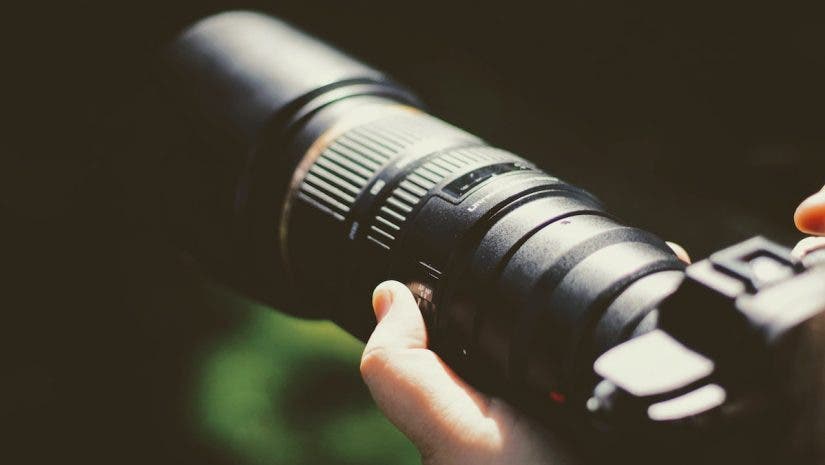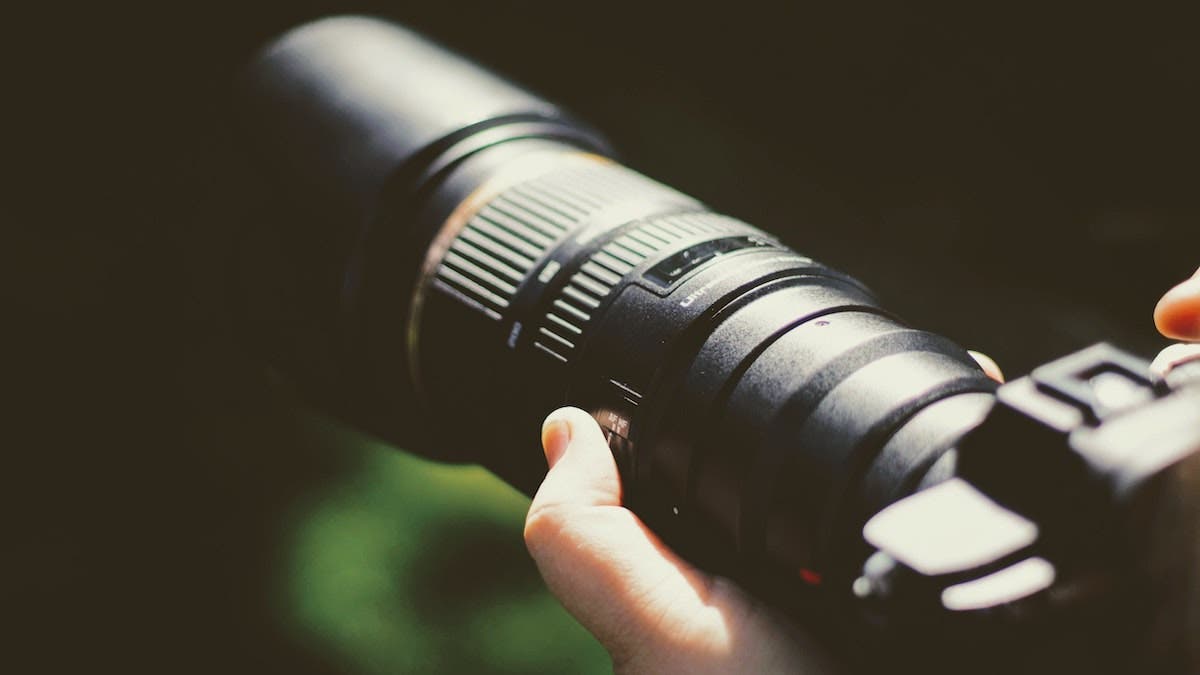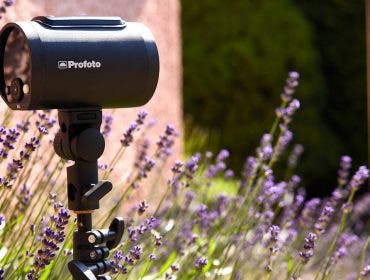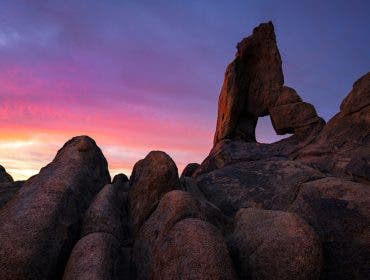A zoom lens is the most versatile lens any photographer can own. Compared to a prime lens, which just covers a single focal length, a zoom lens covers a wide range of focal lengths. The ability to capture many different focal lengths with a single lens is invaluable. You can go from shooting a wide-angle scene to zooming in to capture a close-up in a matter of seconds. Zoom lenses can cover a very large range of focal distances, or a very small range, but all zoom lenses have some ability to zoom in or out.
Zoom Lens vs. Telephoto Lens
Telephoto and zoom lenses may overlap in many of their features, but they are not the same thing. A telephoto lens is designed to capture close-up views of objects far away. These lenses are often called “zoom” lenses because they give a “zoomed in” view of the subject. However, not all telephoto lenses are zoom lenses, and not all zoom lenses are telephoto lenses.
A telephoto lens is generally a lens that reaches larger focal lengths necessary to capture close-up views of far away objects. A telephoto lens is generally defined as a lens with a focal distance greater than 70mm. Many telephoto lenses have a zoom element. This means they span a range of focal distances, such as 70-200mm. Although, not all telephoto lenses are zoom lenses. Some telephoto lenses are considered to be prime lenses, where they only cover a single focal length, such as 300mm.
Zoom lenses can cover any range of focal distance. A zoom lens is any lens that varies in its focal distance, such as 11-18mm, 24-70mm, or 24-240mm. Some zoom lenses cover more range than others, but any lens with a variable focal distance that you can change is considered a zoom lens.
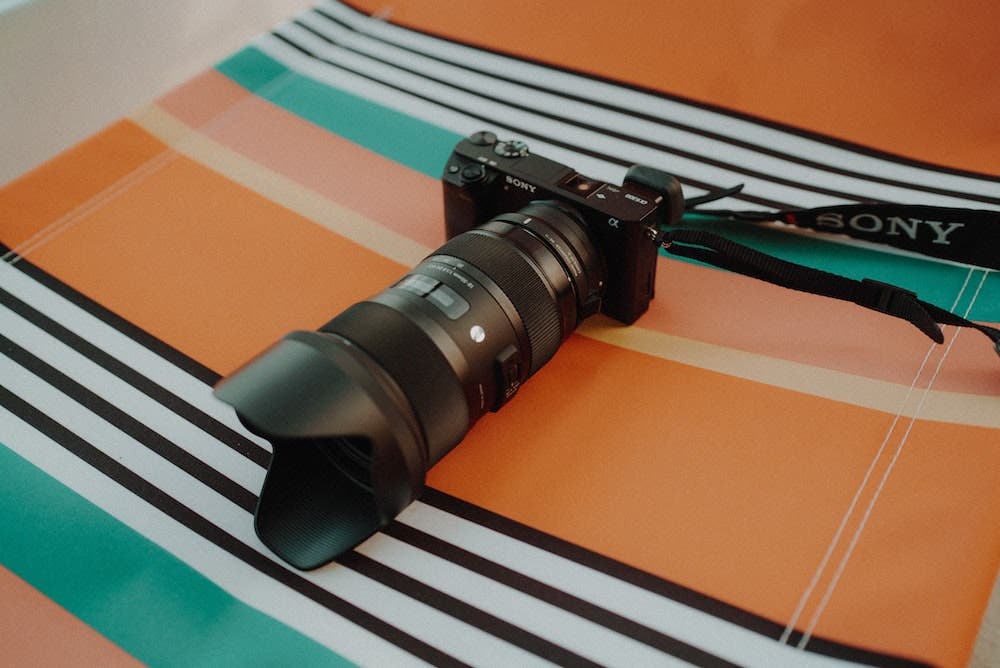
Different Types of Zoom Lenses
While “zoom lens” is a very broad, all-encompassing term, there are a few different subsets of zoom lens. The different varieties of zoom lenses vary in terms of what range they cover, and how much range they can cover.
Wide-Angle
The first type of zoom lens is a wide-angle zoom lens. These lenses are designed to capture very large areas and scenes where a wide field of view is desired. These lenses are often seen in landscape, cityscape, and travel photography where a photographer may want to capture a very wide scene. An example of a wide angle zoom would be a 14-24mm lens.
Standard
The next type of zoom is a standard zoom lens. These lenses cover the medium range zoom, and oftentimes cover a wider range than wide angle lenses. This kind of lens is great for portraits, since you can very quickly go from a wide, full body shot to a more cropped view of a model’s face. An example of a standard zoom lens is a 24-70mm.
Superzoom
Next, we have superzoom lenses. These lenses cover a very large range of zoom, much larger than a wide angle or standard zoom lens. These lenses can be very appealing to photographers because one lens covers a very large range of scenes, oftentimes ranging from wide angle to telephoto in just one lens. However, the drawback to these lenses are that they are often times heavier than other zoom lenses and generally lack image quality compared to its counterparts. An example of a superzoom lens is a 24-240mm.
Telephoto Zoom
Lastly, telephoto zoom lenses are lenses that are designed to reach further focal distances to capture objects close up, or subjects that are very far away. These lenses are very popular amongst wildlife photographers for their long reach and shallow depth of field. An example of a telephoto zoom lens is a 100-300mm.
You can learn more at Shallow Depth of Field | 6 Factors To Consider.
When to Use a Zoom Lens
All kinds of photographers can benefit from zoom lenses. Because of the versatility, it is ideal in many situations where photographers don’t want to bother with having to change their lens every time they need to adjust their focal length. Without zoom lenses, every lens you use would be a prime lens, meaning that you cannot zoom in or out. These lenses are very restrictive and don’t let you perfectly frame your scene. This is because you’re stuck at a fixed focal length without the ability to zoom in for a tighter crop, or zoom out for a wider field of view.
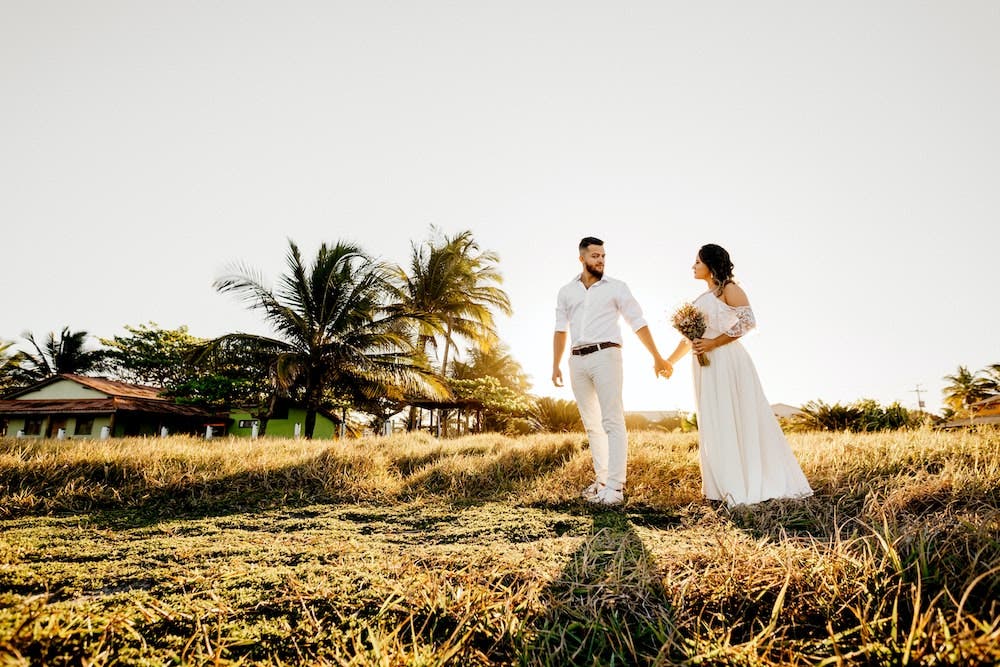
Portait/Wedding
Portrait and wedding photographers will love zoom lenses for their ability to quickly change between focal lengths to capture many different kinds of photos during fast-moving action. Your model or wedding guests likely aren’t going to wait for you to change lenses every time you want to take a new photo. A zoom lens allows you to never miss a beat by zooming in and out quickly.
Find some suggestions at 8 Best Zoom Lenses for Wedding Videography.
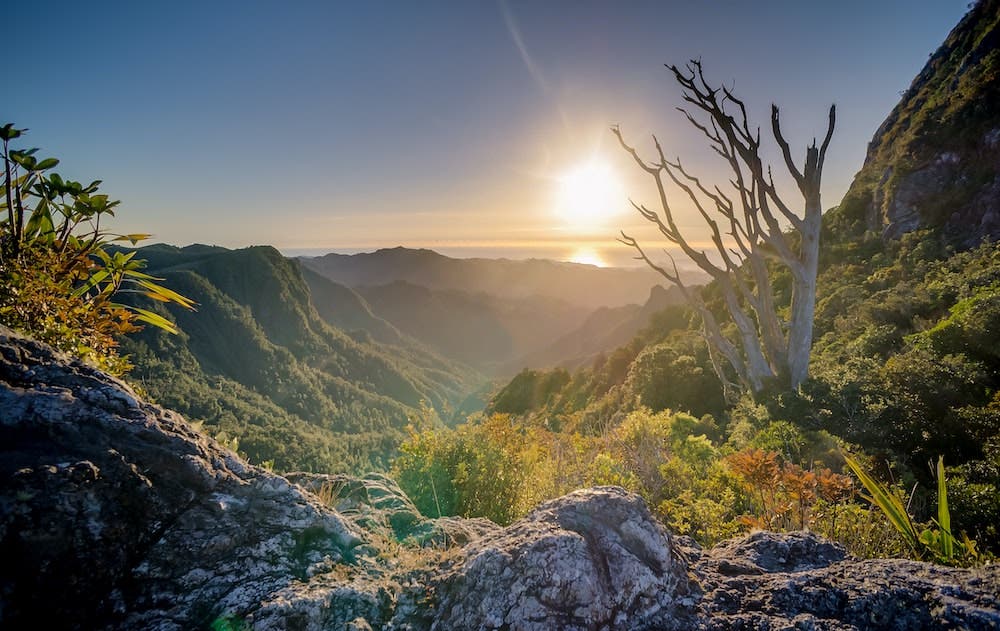
Landscape
Landscape photographers find great use in zoom lenses because you can travel with just one or two zoom lenses to capture nearly any scene. Most landscape photographers don’t know exactly what focal length will perfectly frame their scene, so having the ability to zoom in or out in the field is incredibly important.
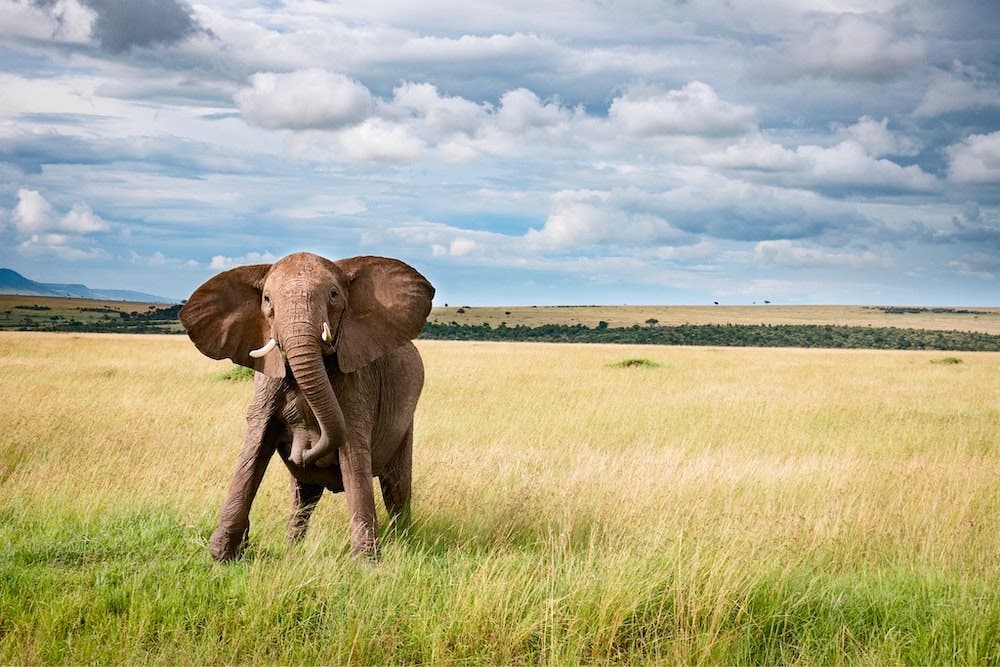
Wildlife
Wildlife photographers will love zoom lenses for the many fast-moving opportunities provided in wildlife photography. Want to take a photo of a grizzly bear on the side of the road, and then turn around and photograph a bird in a tree? Having a zoom lens will allow you to perfectly frame both subjects with just a single lens.
Zoom Lens Examples
Canon EF 16-35mm f/2.8 III USM Lens
Canon’s top of the line wide angle lens is now in its third version for full frame cameras. This is one of the highest rated wide angle zoom lenses on the market. At a super wide 16mm with a maximum aperture of f/2.8, it ensures incredible images at all times of day, including in low light.
Nikon NIKKOR Z 24-120mm f/4 S Lens
This superzoom lens for Nikon’s mirrorless lineup of cameras has you covered for all of your mid-range needs. With the ability to shoot as wide as 24mm or as tight as 120mm, you can truly capture an incredibly wide variety of photos, all at an impressive aperture of f/4.
Sony FE 70-300mm f/4.5-5.6 G OSS E-Mount Lens
This is a great telephoto zoom lens for Sony cameras. The Sony FE 70-300mm excels in shooting subjects both close and far away. Boasting an impressive 3’ minimum focusing distance, you’ll be able to capture macro photos easier than ever. You’ll also still be able to have the reach to photograph wildlife, scenery, and portraits at a distance.
Tamron SP 150-600mm f/5-6.3 Di VC USD G2 Lens
This Tamron lens — made in multiple different mounts — is capable of reaching focal lengths as long as 600mm, while still being able to zoom out to just 150mm. This supertelephoto zoom covers a huge range capable of capturing a wide variety of different images, especially for wildlife photographers.
Sigma 18-35mm f/1.8 DC HSM Art Lens
Designed for full frame and crop sensor DSLR cameras, this ultra-fast wide angle zoom is perfect for landscapes and astrophotography. An aperture of f/1.8 means that you’ll be able to capture images even in the darkest conditions. The ability to zoom between 18mm and 35mm is perfect for landscape or travel photography where capturing the whole scene is a must.
Rokinon 24-70mm f/2.8 Full Frame Auto Focus Lens
Specially designed for Sony mirrorless cameras, the Rokinon 24-70mm lens is a fast f/2.8 and boasts beautiful bokeh perfect for portrait photographers. This lens also has special features to maintain focus while zooming in or out while shooting video.

Zoom lenses provide more versatility than prime lenses, Owning a couple zoom lenses can cover a very wide range of focal lengths that would require owning many prime lenses to compare. Finding the right zoom lens for you is easy when you consider the type of photography you’ll be doing and your desired use for the lens. Use this guide to help you find the perfect zoom lens for your next shoot!
